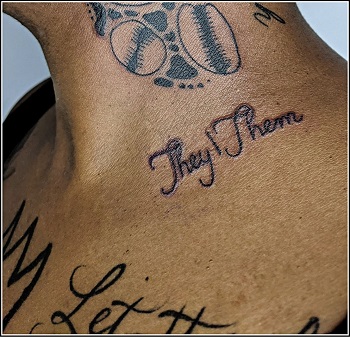
Photograph by Thomarya “tee” Fergus (@iamnatteetattoos)
"Like a name, pronouns are a fundamental part of a person’s identity. They are a primary way that people identify each other. Using correct pronouns communicates that we see and respect a person for who they are.” - Nelson v Goodberry Restaurant Group Ltd. Dba Buono Osteria and others, 2021 BCHRT 137 at 82
Introduction
On March 30, 2021, the Human Rights Tribunal of Ontario (the “HRTO”) held in EN v Gallagher’s Bar and Lounge, 2021 HRTO 240 (the “Gallagher Decision”) that employees who were subject to transphobic slurs, misgendering, and outing by their employer were discriminated against in their employment on the basis of gender identity, gender expression and sex. Similarly, on September 29, 2021, the British Columbia Human Rights Tribunal (the “BCHRT”) held in Nelson v Goodberry Restaurant Group Ltd. Dba Buono Osteria and others, 2021 BCHRT 137 (the “Goodberry Decision”) that misgendering employees in the workplace amounts to discrimination on the basis of gender identity and expression. Both decisions are noteworthy since they directly tackle the misuse of gender pronouns in the workplace.




